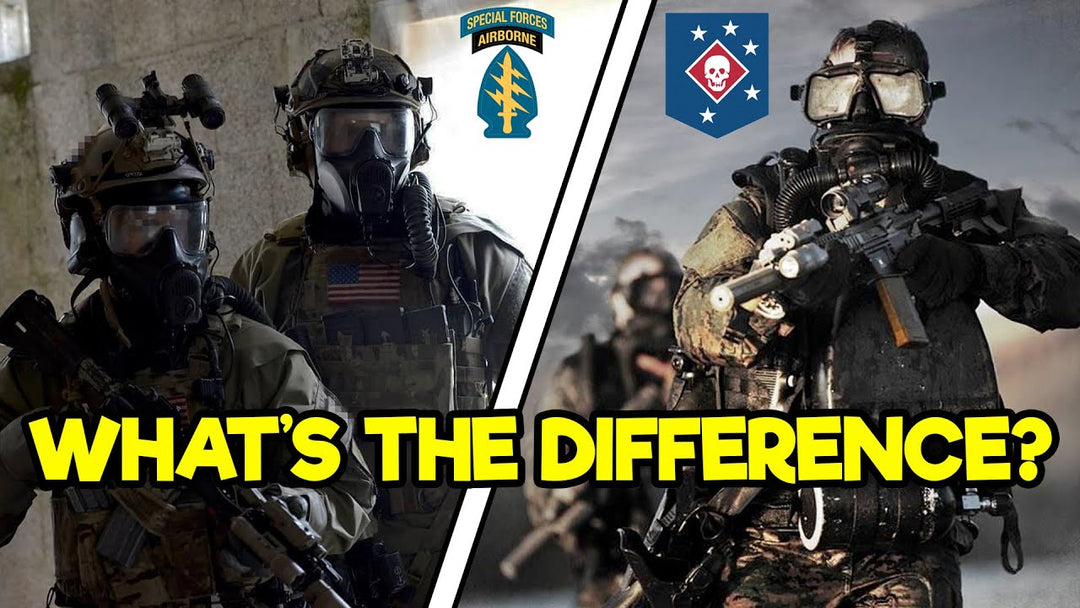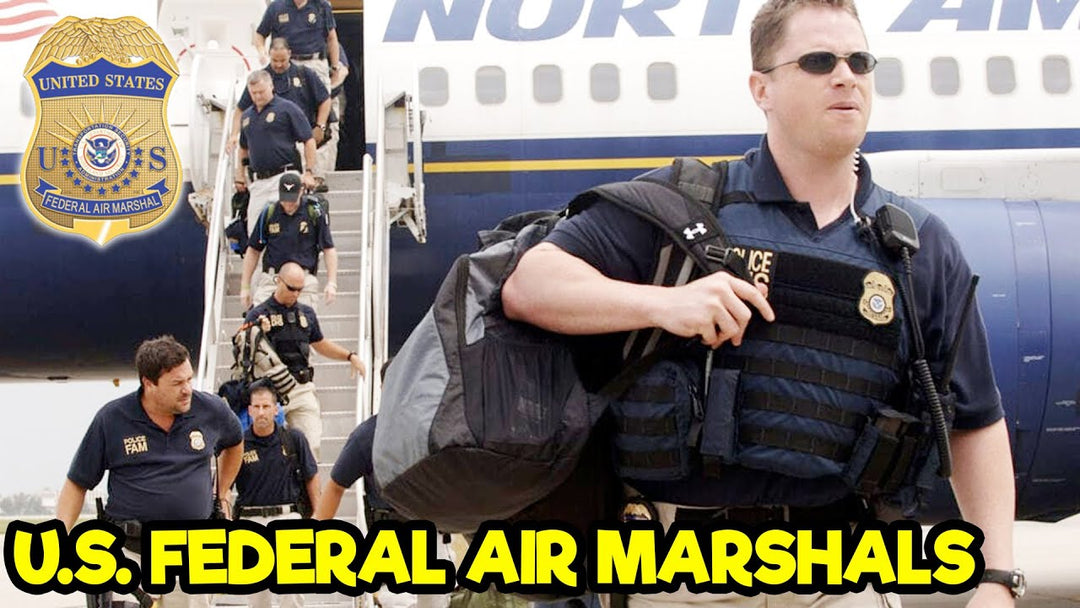160th Special Operations Aviation Regiment (Night Stalkers): All you need to know

The 160th Special Operations Aviation Regiment, also referred to as the Night Stalkers, is the world’s premier special operations aviation unit. Specializing in transport, attack, and reconnaissance missions, Night Stalkers are highly trained and ready to accomplish the very toughest missions in all environments, anywhere in the world, day or night, with world-class precision.
What goes on inside this prestigious unit? What exactly do they do? Why are they called the Night Stalkers? Keep reading, and all of those questions will be answered, plus much more.
This is: 160th Special Operations Aviation Regiment.
What does nearly every successful mission by Navy SEALs, Army Rangers, Marine Raiders, and Green Berets have in common? They’ve most likely been transported to and from their missions by members of the 160th SOAR.
TABLE OF CONTENTS
160TH SPECIAL OPERATIONS AVIATION REGIMENT: HISTORY
160TH SPECIAL OPERATIONS AVIATION REGIMENT: OVERVIEW
160TH SPECIAL OPERATIONS AVIATION REGIMENT: EQUIPMENT & AIRCRAFT
160TH SPECIAL OPERATIONS AVIATION REGIMENT: PILOTS
160TH SPECIAL OPERATIONS AVIATION REGIMENT: SELECTION AND TRAINING
160th SPECIAL OPERATIONS AVIATION REGIMENT (SOAR) NIGHT STALKERS: CONCLUSION
160TH SPECIAL OPERATIONS AVIATION REGIMENT: HISTORY

Born from the failure of Operation Eagle Claw in 1980, a highly capable unit with the ability to perform stealthy, short-notice Special Operations aviation missions was needed more than ever. They lived up to their purpose, as 31 years later, the night stalkers would assist in dealing a deadly blow to terrorism as they played an integral role in the neutralization of Osama Bin Laden.
160TH SPECIAL OPERATIONS AVIATION REGIMENT: OVERVIEW

160th SOAR soldiers have pioneered the Army’s nighttime flying techniques. Because of its capability to strike undetected during the hours of darkness, and its unprecedented combat successes, the unit earned its nickname, the Night Stalkers.
That moniker is well-deserved, as many pilots in the 160th have more flight hours with night vision goggles than commercial airline pilots have in flight hours total. Night Stalkers are experts in their craft and fly missions ranging from direct action air assault, fast rope insertion, special boat support, overwater helocasting, and urban assault. Rain or shine, day or night, if there’s one thing you can count on, the Night Stalkers are able to fly in almost every element imaginable.
As the 160th SOAR modestly puts it, its official mission is “to organize, equip, train, resource, and employ Army special operations aviation forces worldwide,” but we can assure you there’s much more to it than that.
160TH SPECIAL OPERATIONS AVIATION REGIMENT: EQUIPMENT & AIRCRAFT

Consisting of a regiment headquarters, four battalions, and a dedicated training company, the 160th SOAR is strategically armed with light, medium, and heavy helicopters that are all highly modified and designed to meet the unit’s unique mission requirements. Those helicopters are the MH-60 Black Hawk, MH-47 Chinook, and the AH-6 or MH-6 Little Bird. It doesn’t stop at helicopters; they also fly drones, which we’ll get into later.
Virtually any mission you can think of that involves the Night Stalkers, you can bet that one of these helicopters would be in play. But why just three helicopters? Doesn’t that seem a little bit small for the world’s premier SOF aviation unit? Not quite; each of these helicopters is suited to accomplish multiple mission needs.
The Black Hawk has been proven to be a very versatile air frame for the Night Stalkers. Depending on the necessity, it can be outfitted and modified with just the right bells and whistles for whatever the Night Stalkers need to get done, such as sensor suites, high tech comms gear, refueling probes for longer missions, and infrared radar systems. Sounds like a lot, right? There’s more. They can even be converted to an attack variant, where these bad boys are given Hydra rocket pods, Hellfire and Stinger Missiles, 30mm M230 chain guns, and 50 Caliber Gatling guns for some serious shock and awe. Fun fact: The Night Stalkers suited up two Black Hawks to be virtually undetectable in Operation Neptune Spear. Unfortunately, one crashed during the raid, and because the technology they used in the helicopter was so advanced, they had to destroy it to not leave any traces.
As for the Chinook, this mainstay in the 160th has been serving Army Aviation well from Vietnam to Afghanistan and beyond. Let’s just say, this thing is a workhorse. It’s able to carry tons of cargo, fly long missions, and survive in the most austere conditions. They’re used in a heavy assault role, which mainly includes the insertion and extraction of SOF. They have played a major role in Afghanistan, as they were mainly the only helicopters capable of supporting SOF in the higher mountainous regions. 160th SOAR Chinooks are suited up with various improvements to improve their fuel range, sensors, and some are even given miniguns and belt-fed machine guns on either side of the fuselage.
When it comes to The Little Birds, they provide a unique and highly capable platform for employing extremely lethal and accurate fires as well as inserting small numbers of special operations forces into a variety of combat environments and special mission situations. Dubbed “The Killer Eggs”, the 160th currently rocks two variants: the AH-6 and MH-6. The main difference between the two is that the MH-6 is outfitted with outboard bench seats on both sides of the aircraft for personnel carriage, whereas the AH-6 is outfitted with miniguns, rocket pods, and missiles. With a mission set revolving around light attack and light assault, these have been a mainstay in SOF for decades, offering a niche capability no other air platform can match. The little bird’s small size, agility, and speed make it the perfect aircraft for getting in and out of sticky situations.
But don’t think that the 160th stops at helicopters. Within the last decade, they’ve gotten into the drone game. Although they’ve thrown a cloak of secrecy over its operations, 160th SOAR has its Echo Company, which flies the MQ-1C Gray Eagle drones. These drones are out there doing the nation’s bidding in a ferocious way, and Echo Company is credited with neutralizing hundreds of enemy insurgents. Armed with up to four hellfire missiles, these drones can pack a powerful punch.
While it’s true that all of the aircraft we mentioned are deadly, effective, and highly customized; when you put them in the hands of a 160th SOAR pilot, that’s where the real magic happens. In fact, they’re specifically designed to bring out the night stalker's full operational potential. There’s a reason why Night Stalker pilots are entrusted with flying these multi-million dollar pieces of equipment.
160TH SPECIAL OPERATIONS AVIATION REGIMENT: PILOTS

160th SOAR pilots aren’t your typical pilots. These badasses don’t just come from flight school and waltz on over to being a part of this elite unit. The night stalkers only take the best of the best. In fact, candidates must have at least 1,000 hours of flight time and 100 hours of flying with night-vision goggles to even be considered, so any SOAR pilot is already a seasoned and experienced pilot walking into the door. They’re either Officers or Warrant Officers, but there are some enlisted pilots: The 15W UAV operators. They’re the ones flying the Gray Eagles and putting warheads on foreheads.
But let’s be real here, there’s more to the 160th than just the pilots. In order for mission success, the 160th has dedicated aircrew and support personnel.
160TH SPECIAL OPERATIONS AVIATION REGIMENT: SELECTION AND TRAINING

You know the 160th only takes the best of the best, but it’s important to know what these highly capable soldiers must go through in order to have the honor of calling themselves a Night Stalker. So, what does it take? Candidates are put through their rigorous selection process known as the “Green Platoon”. Green Platoon is essentially the filter that gets rid of anyone who doesn’t want to be there or can’t make the cut. Since there’s a wide array of MOS’s that have their place with the Night Stalkers, there are two different selection processes for officers and enlisted soldiers. Despite the differences, in around five weeks, Green Platoon teaches skills such as advanced first aid techniques, combatives, land navigation, and weapons training. On top of that, candidates must go through intense PT, which includes rucks, long runs, and several other activities. What goes on here is no joke: the officer course boasts an attrition rate of 65-70%, and the enlisted version has one for 40%.
After Green Platoon, candidates go their separate ways and receive follow-on training depending on their MOS. Pilots will move on to learn how to excel in desert, mountain, urban and maritime flying, air-to-air refueling, and CBRN ops, during both night and day. The enlisted soldiers will move onto training, such as maintaining the regiment’s aircraft or learning how to fly drones.
Depending on who goes where, the training each soldier receives after Green Platoon can be upwards of an additional 28 weeks, so you know they’re getting the most out of their training. But don’t think the training stops at their accession pipeline, a new Night Stalker arrives at a unit as Basic Mission Qualified. After a series of skills test qualifications, experience, leadership, and oral review boards lasting up to three years, the Night Stalker is designated Fully Mission Qualified. In a nutshell, Night Stalkers are constantly training and refining their skills to ensure they are supporting the SOF mission to the best of their ability.
This mindset has enabled them to be the best of the best. They have been battle-tested through the years and have consistently proven they have what it takes to make a major impact where needed. It’s no surprise that one of their mottos is “Night Stalkers Don’t Quit”
160TH SPECIAL OPERATIONS AVIATION REGIMENT: CONCLUSION

The road to becoming a Night stalker is no easy feat. Be prepared to be tested and challenged at every step of the way. For those who are interested in joining or learning more about this prestigious community, GoArmySOF.com gives you the broad strokes breakdown of what requirements you’ll need to have and exactly what the community is looking for.
The 160th SOAR isn’t the only SOF community in the Army. Check out our U.S. Army SOF blog post to learn more about the various communities out there.
If you want to learn more about the military, law enforcement, or government entities, we have a YouTube channel dedicated to providing the best info out there, plus we have a growing list of blog posts as well. Click the links to take you to them!
General Discharge is a veteran-owned, veteran-operated organization that is dedicated to providing the best U.S. Military and Law Enforcement information. With over 250 YouTube videos, over 45 million views, and hundreds of thousands of followers, we have contributed to the success and knowledge of both the current and future generations of service members.






Leave a comment